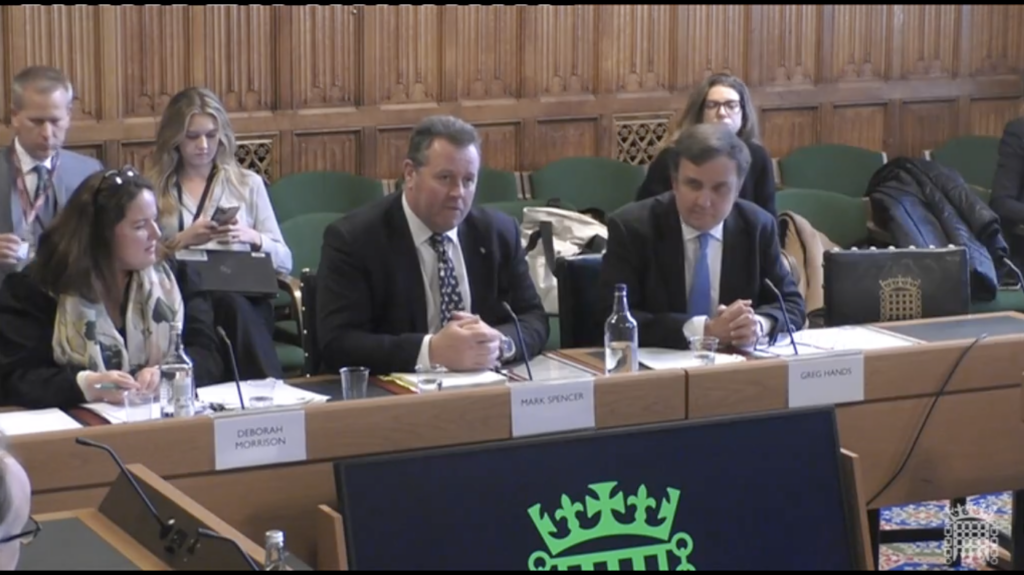Policies & guidelines
BMPA together with the Food Standards Agency and other meat industry participants have produced a number of detailed best-practice guidelines to help food operators understand their responsibilities.
These are the main policies and guidelines that all meat industry businesses should familiarise themselves with. They are a valuable reference for anyone involved in compliance and maintaining standards within plants.
Meat Industry Guide
A comprehensive guide to assist meat plant operators whose premises require approval and veterinary control under the European Union Food Hygiene Regulations. The Meat Industry Guide sets out the legal obligations that apply to food business operators and provides advice on how these obligations can be met.
Manual for Official Controls
To complement The Meat Industry Guide, companies should also familiarise themselves with the Manual for Official Controls. It provides details of the tasks, responsibilities and duties that Food Standards Agency staff and veterinary contractors undertake in approved establishments including inspection, verification and audit, sampling procedures and monitoring and surveillance programmes.
CCTV in abattoirs
In summer of 2017 the BMPA led the development and agreement with the Food Standards Agency of an industry wide protocol on giving access to CCTV footage from meat plants to the official vet. This voluntary protocol is being implemented by BMPA members from November 2017. The work on allowing official access led on from the earlier BMPA Statement on the use of CCTV in Abattoirs.
Processor Code of Practice for the Purchase of Cattle
The BMPA, together with the National Farmers Union have developed a code of practice to enhance transparency and trust between processors and livestock producers.
We encourage all operators in the beef supply chain (whether or not they are members of BMPA) to sign up to the code and commit to the principles and spirit of open and clear terms and conditions of trading.
BMPA Industry Guide to Pigmeat Traceability Best Practice
The BMPA Industry Guide to Pigmeat Traceability Best Practice has been developed in consultation with BMPA members who produce fresh pork, sausages, ham and bacon. The Guide contains what was considered by them to be leading practice to ensure an efficient and effective way of maintaining traceability both up and down the supply chain.






